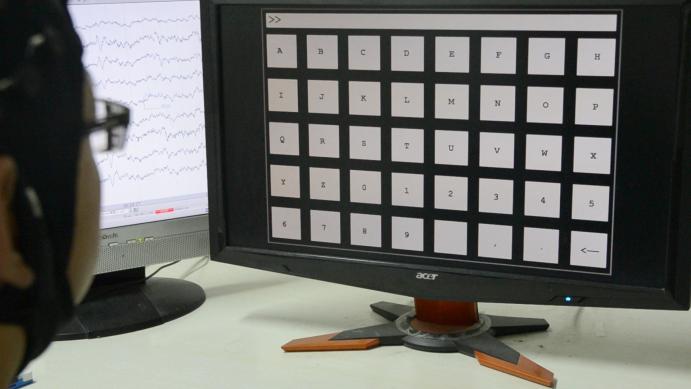
This paper presents a benchmark steady-state visual evoked potential (SSVEP) dataset acquired with a 40-target brain-computer interface (BCI) speller. The dataset consists of 64-channel Electroencephalogram (EEG) data from 35 healthy subjects (8 experienced and 27 naïve) while they performed a cue-guided target selecting task. The virtual keyboard of the speller was composed of 40 visual flickers, which were coded using a joint frequency and phase modulation (JFPM) approach. The stimulation frequencies ranged from 8Hz to 15.8Hz with an interval of 0.2Hz. The phase difference between two adjacent frequencies was 0.5π. For each subject, the data included six blocks of 40 trials corresponding to all 40 flickers indicated by a visual cue in a random order. The stimulation duration in each trial was five seconds. The dataset can be used as a benchmark dataset to compare the methods for stimulus coding and target identification in SSVEP-based BCIs. Through offline simulation, the dataset can be used to design new system diagrams and evaluate their BCI performance without collecting any new data. The dataset also provides high-quality data for computational modeling of SSVEPs. The dataset is freely available online.

